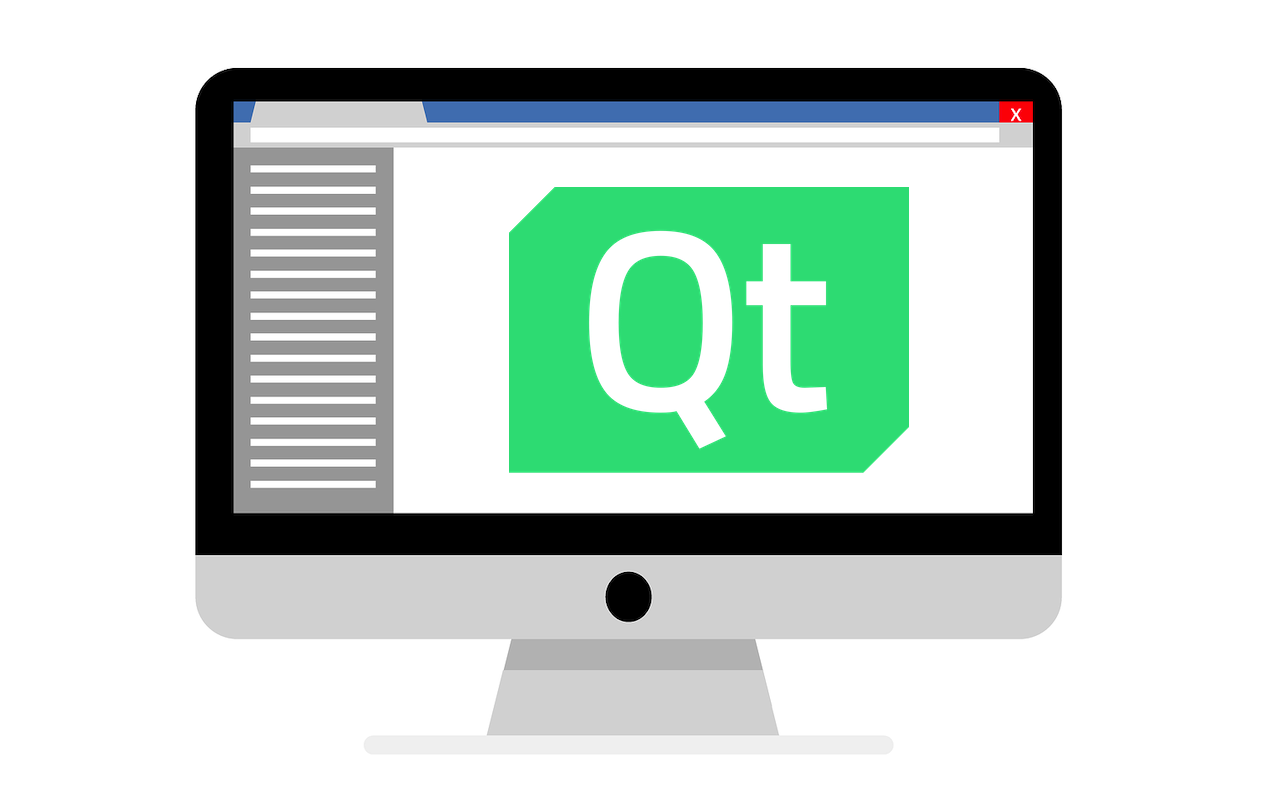
Embedded systems play a crucial role in modern technology, powering everything from industrial automation to consumer electronics. These systems require reliable, efficient, and flexible software frameworks for smooth operation and advanced user experiences. Qt, a widely used cross-platform framework, has emerged as a preferred choice for developing embedded applications due to its efficiency, scalability, and extensive toolset.
Qt simplifies the development of graphical user interfaces (GUIs) and backend functionalities in embedded systems. It enables developers to build responsive, visually appealing, and high-performance applications while ensuring compatibility across different hardware platforms. Many businesses turn to Qt software development company for expert guidance in integrating Qt into their embedded solutions.
Why Choose Qt for Embedded Systems?
Embedded systems often have specific hardware constraints, requiring optimized software solutions that maximize performance without consuming excessive resources. Qt provides a set of powerful features that make it an ideal choice for embedded development:
- Cross-Platform Compatibility: Qt applications can run on multiple embedded operating systems, including Linux, QNX, and RTOS-based platforms.
- Advanced GUI Capabilities: Qt’s framework supports high-quality graphics, animations, and touchscreen interactions, making it ideal for user-friendly embedded applications.
- Performance Optimization: With support for hardware acceleration and efficient resource management, Qt ensures smooth performance even on low-power devices.
- Modular Architecture: Developers can select specific Qt modules based on project needs, reducing unnecessary overhead.
- Strong Community and Support: Qt is an open-source framework with a large community and extensive documentation, making it easier to troubleshoot issues and accelerate development.
Qt Features for Embedded Development
Qt offers a variety of tools and functionalities tailored for embedded system development. Some of the most notable features include:
Qt Quick and QML
Qt Quick, based on the QML (Qt Modeling Language), is a declarative language that simplifies the design of complex UIs. It enables rapid prototyping and provides a dynamic way to create interactive user interfaces.
Qt Widgets
While QML is great for modern touch-based UIs, Qt Widgets offer a traditional approach for embedded applications requiring conventional window-based designs. They provide a stable and lightweight framework for resource-constrained devices.
Qt Multimedia
For embedded devices that require audio and video processing, Qt Multimedia supports a variety of media formats, camera integration, and real-time streaming capabilities.
Qt Connectivity
IoT and smart devices often require robust connectivity solutions. Qt provides built-in support for Wi-Fi, Bluetooth, NFC, and other communication protocols, enabling seamless data exchange in embedded environments.
Qt for Automation
Embedded systems in industrial settings demand high reliability. Qt offers automation-focused modules that facilitate integration with industrial protocols, SCADA systems, and real-time monitoring applications.
Use Cases of Qt in Embedded Systems
Qt is widely used across industries due to its versatility and ease of deployment. Some common use cases include:
Automotive Infotainment Systems
Many modern vehicles use Qt for in-car entertainment and navigation systems. Its ability to support high-resolution displays, touchscreen input, and real-time data processing makes it ideal for automotive applications.
Industrial Control Panels
Factories and industrial environments rely on embedded systems for automation and monitoring. Qt enables the development of responsive and secure control panels that provide real-time data visualization and remote control functionalities.
Medical Devices
Qt powers user interfaces in various medical devices, including diagnostic machines, patient monitoring systems, and laboratory equipment. Its ability to ensure smooth and intuitive user interactions is essential for healthcare applications.
Consumer Electronics
From smart home devices to wearable technology, Qt is used to develop interactive displays, multimedia applications, and IoT-based consumer products.
The Future of Qt in Embedded Development
As embedded systems become more complex, Qt continues to evolve, introducing new features and improvements that enhance its capabilities. The increasing adoption of AI and machine learning in embedded devices further expands the potential of Qt, enabling more intelligent and adaptive applications. Additionally, with the rise of 5G and edge computing, Qt-powered systems can leverage faster connectivity and real-time data processing for improved performance and efficiency.
Another emerging trend is the integration of Qt with cloud-based services, allowing embedded devices to sync data seamlessly, perform remote updates, and enable real-time monitoring from anywhere in the world. This development is particularly beneficial for industries like healthcare, automotive, and industrial automation, where real-time data access is critical.
Challenges and Considerations
While Qt offers many advantages for embedded development, there are some challenges to consider:
- Resource Constraints: Some embedded devices have limited CPU and memory resources, requiring developers to optimize Qt applications carefully.
- Licensing: Qt has both open-source and commercial licensing options, so businesses must evaluate which version suits their needs best.
- Hardware Compatibility: Although Qt supports various embedded platforms, testing on actual hardware is necessary to ensure smooth operation.
Conclusion
Qt is a powerful and flexible framework for embedded systems, offering a combination of advanced UI capabilities, cross-platform support, and performance optimization. Whether for automotive, industrial, medical, or consumer applications, Qt enables developers to create responsive and efficient software solutions.
For businesses looking to optimize their embedded solutions, Qt development offers a streamlined approach to creating responsive, secure, and visually appealing applications that enhance user experiences while maximizing efficiency.
Share this post
Leave a comment
All comments are moderated. Spammy and bot submitted comments are deleted. Please submit the comments that are helpful to others, and we'll approve your comments. A comment that includes outbound link will only be approved if the content is relevant to the topic, and has some value to our readers.

Comments (0)
No comment